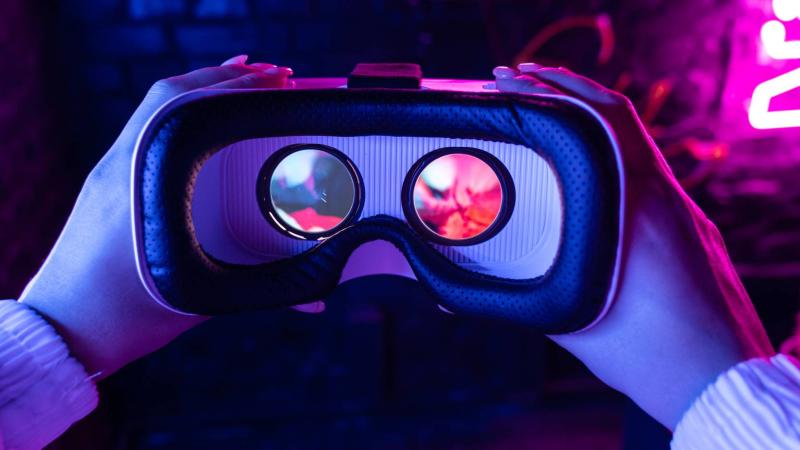John Golding, Professor of Applied Psychology, has been interviewed by the Evening Standard on what can be done to counter motion sickness while wearing virtual reality (VR) headsets.

The article hears from experts on the causes of motion sickness, why some people are more susceptible to it than others, and what people can do to avoid experiencing it while wearing a VR headset.
Speaking about how motion sickness is not a new phenomenon, Professor Golding said: “This goes back a long way, to the invention of the first cinemas at the turn of last century with the Lumiere brothers. People sitting right in front of a widescreen cinema screen could get sick if they were susceptible — the answer was to go and sit at the back.”
In 1896, the University’s Regent Street Cinema has become the birthplace of British Cinema when the Lumiere brothers presented moving images for the first time to a paying audience.
Professor Golding continued: “But now with new visual technologies, especially virtual reality, the problem has become a little bit more intense, because these are much more immersive technologies.”
On how simply gradually getting used to the VR headset, in other words natural adaptation, can help with countering motion sickness, he added: “That’s probably the single most effective technique. It’s actually more effective than anti-motion-sickness drugs.”
Read the full article on the Evening Standard’s website.


